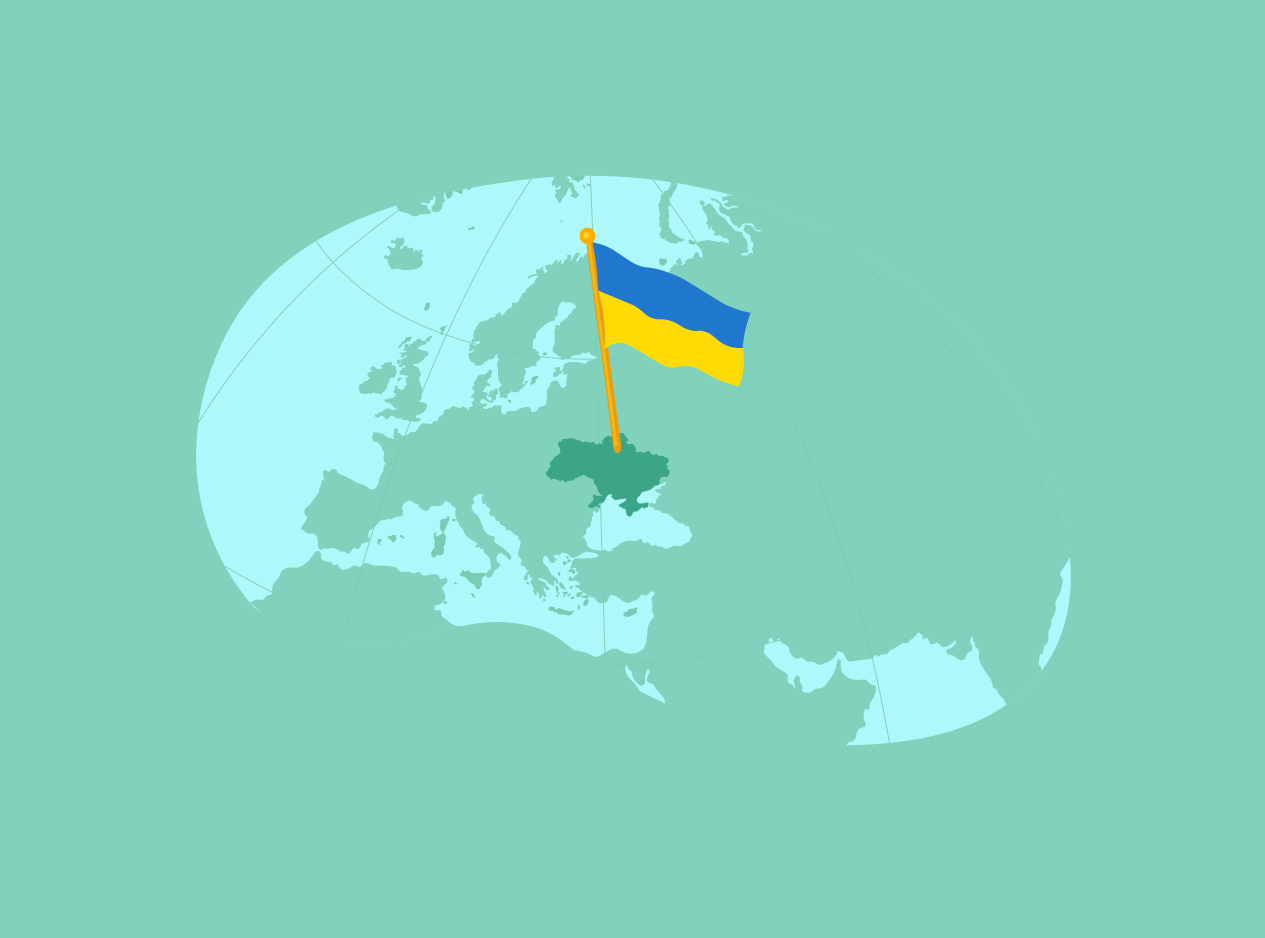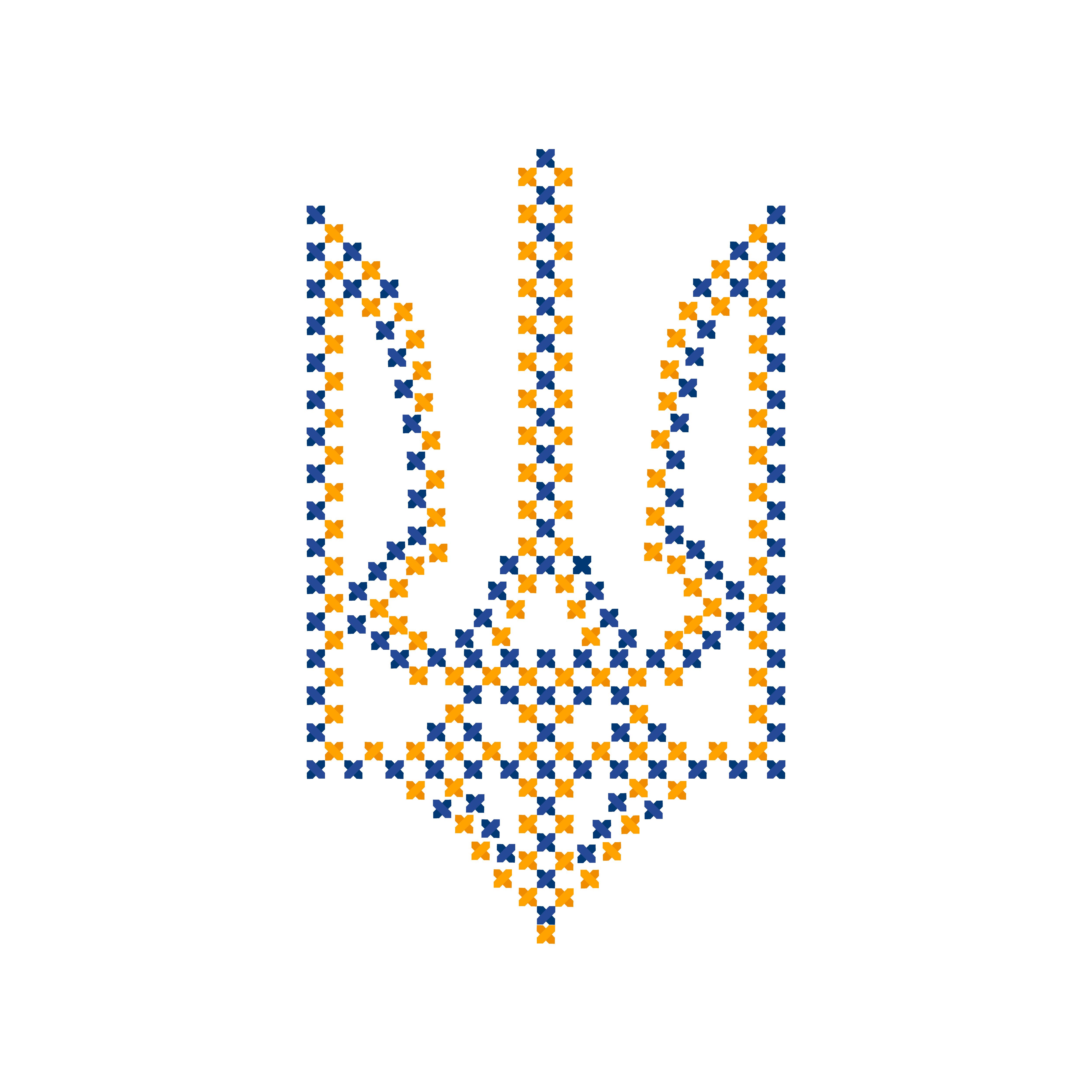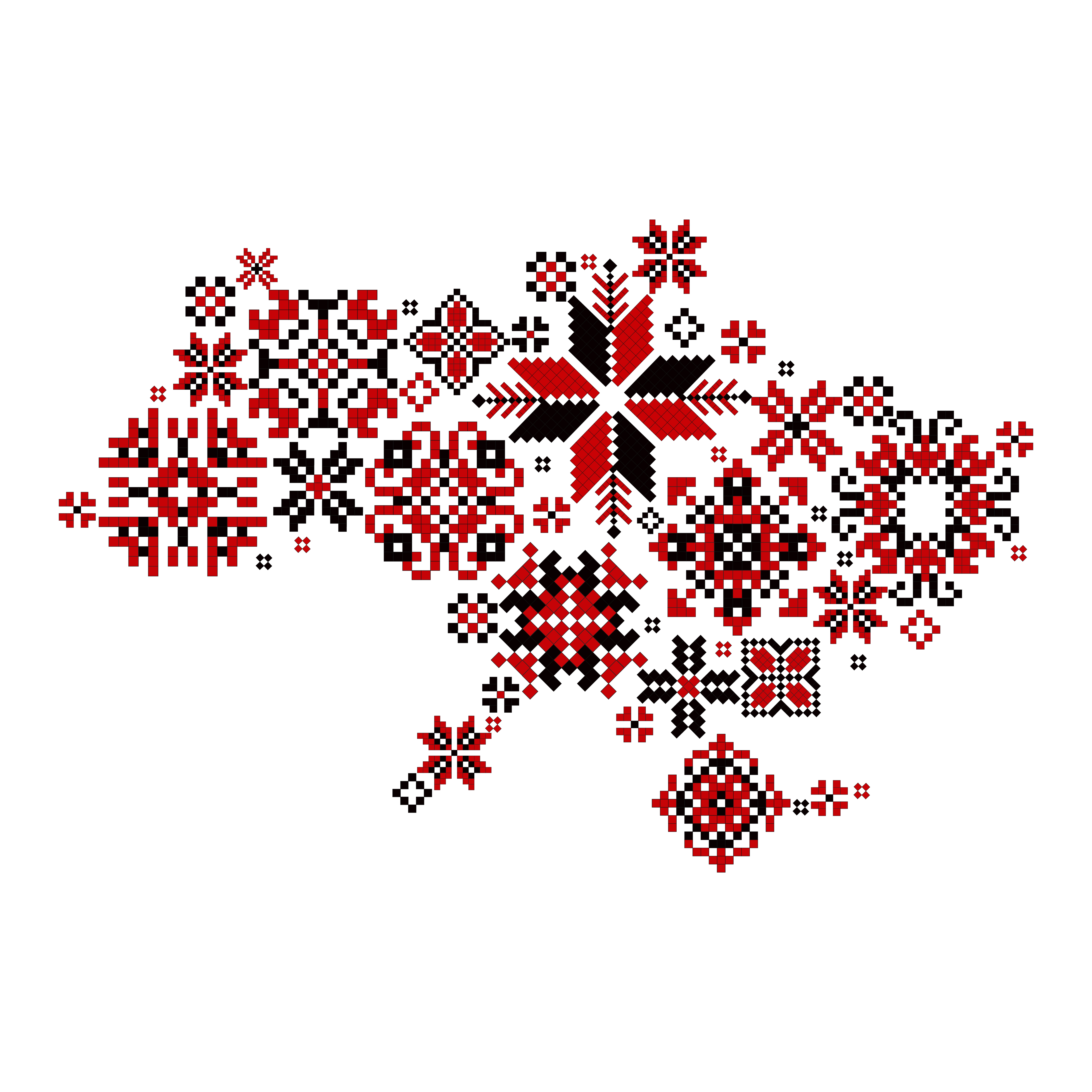Ukrainian Independence Day: History, Traditions, and Cultural Learning

Contents
Every August 24th, Ukrainians celebrate a significant national holiday - Independence Day. This date commemorates Ukraine's declaring autonomy in 1991 after the fall of the Soviet Union. The celebrations reflect on the long, difficult journey towards sovereignty after centuries of foreign rule. Ukrainian Independence Day honors the historic events and figures that shaped the modern, autonomous nation. This article explores the origins, significance, and traditions of this revered holiday.
Ukraine Independence Day 1991 Declaration
Following growing dissent against Soviet rule, Ukraine moved decisively towards independence in 1991. A failed coup in Moscow created an opening for autonomy. On August 24, 1991, the Ukrainian parliament formally approved the Act of Declaration of Independence, establishing Ukraine as a fully sovereign nation. Jubilant crowds waving blue and yellow flags gathered outside the parliament in celebration.
An independence referendum in December 1991 saw over 90% vote for total separation from the crumbling Soviet Union. With the decisive referendum passage and election of President Leonid Kravchuk, Ukraine's independence was solidified as the USSR ceased to exist.
August 24 marks the pivotal moment when, after long subjugation, the Ukrainian people could finally determine their own destiny and shape an autonomous future. The 1991 events marked a rebirth of the Ukrainian nation after decades of political and cultural repression under Soviet authorities.

A New Course as an Independent State
The years following independence brought both optimism and challenge for Ukraine. Freedom was new, as Ukrainians began exploring their cultural and political identity in an autonomous nation. But the economy neared collapse amid political uncertainty.
For the world, the independence of Ukraine, a large state with a 52-million population then, altered the geopolitical map of Europe. The young nation was a highly developed industrial base with rich agricultural capabilities, and with nuclear weapons on its territory at the time.
Ukraine sought recognition globally, quickly signing agreements with neighbors and other countries. Canada and Poland were first to establish diplomatic relations, recognizing Ukraine's independence and opening embassies in Kyiv.
Despite the turbulent transition, Ukraine's emergence was a monumental national achievement after decades of Soviet control. With rich potential but an uncharted future, the country now had the opportunity to shape its own course as a sovereign nation.
Festivities for Independence Day
Independence Day holds a special place in Ukraine's calendar, occurring right after National Flag Day on August 23rd. This nationwide holiday is marked by a distinct atmosphere, setting Ukraine apart from many other European nations. Unlike in those countries, most establishments like shops, restaurants, and cafes remain open late into the evening during this festive occasion. So if you're wondering when is Ukrainian Independence Day, it falls on August 24th, and it's a time of joyous celebrations, cultural expressions, and a strong sense of national pride.
A pivotal highlight is the special session held by the Verkhovna Rada parliament, commemorating the historic declaration of independence in 1991. However, the heart of the festivities lies in the capital, Kyiv, where an array of events takes place. Parades, concerts, fairs, and ceremonies line the vibrant Khreschatyk Street. From the iconic Independence Square, known as Maidan Nezalezhnosti, to every corner of central Kyiv, exuberant crowds gather to honor the day. People come to listen to speeches and witness military processions. Many choose to wear vyshyvankas, traditional embroidered attire that symbolizes Ukrainian culture. The blue-and-yellow national colors dominate both in decorations and clothing choices.
The celebration extends beyond Kyiv's borders, as cities throughout Ukraine hold their own unique events. For instance, Odesa often hosts naval parades along the picturesque Black Sea coast.
Families and friends unite to savor traditional foods, revel in music, and engage in spirited dances to pay homage to their cherished autonomy. This holiday serves as a platform to showcase cultural heritage and foster national unity through a diverse range of festivities.
15
Ukraine's Independence Day Symbols
Independence Day in Ukraine is a big celebration filled with special symbols that tell a story. Here are some important symbols you'll see:
- Blue and Yellow Flag: Blue stripes represent the sky and the rivers of Ukraine. Yellow stripes symbolize the nation's agricultural heritage and wheat fields.
- Tryzub: This fancy word means the Ukrainian coat of arms. It looks like a trident or a knight's shield and sword, showing Ukraine's history and strength.
- Anthem: Picture a song that embraces the country like a warm hug. Ukraine's national anthem, known as "Ще не вмерла Україна" (Shche ne vmerla Ukraina), is a melody brimming with pride and affection for the homeland.
- Vyshyvanka: Ukrainians proudly wear "Vyshyvanka," which is traditional outfit that showcases the country's rich culture. Vyshyvankas are like wearing a piece of history and art simultaneously. They're colorful shirts or dresses with intricate embroidered patterns that tell stories of Ukraine's traditions, nature, and beliefs.
- Glory to Ukraine: Слава Україні (Slava Ukraini) is a Ukrainian national salute, known as a symbol of Ukrainian sovereignty and resistance to foreign aggression. It is often accompanied by the response "Glory to the heroes!" (Героям слава! - Heroiam slava!).
- Hopak: Originating as a male dance among the Zaporozhian Cossacks, now it is the "National Dance of Ukraine," a captivating and spirited folk dance.

Promova's Contribution to Ukrainian Language Learning
Promova's Ukrainian language course provides customized lessons for all levels. Beginners can start with greetings and basic expressions, then progress to confident speaking and writing. Beyond just language skills, our Ukrainian courses offer cultural insights. Through interactive lessons, learners deepen their understanding of Ukrainian Independence Day and the struggles behind it. They also explore traditions, cuisine, music, literature and more facets of Ukraine.
Key Ukrainian Words and Phrases
Embarking on the journey of learning a new language can bring excitement and rewarding experiences. For those eager to discover the beauty of Ukrainian, mastering fundamental words and phrases is the key to meaningful conversations. Here, we'll introduce you to some essential Ukrainian expressions that will help you engage in conversations and connect with Ukrainian culture.
- Доброго ранку (Dobroho ranku) - Good morning.Start your day on a bright note by greeting someone with "Доброго ранку!" This phrase is used to say "Good morning" and bring warmth to the beginning of the day.
- Привіт (Pryvit) - Hello.Greet with warmth using this universal word. "Привіт" welcomes you into conversations with locals, making you feel at home in Ukraine.
- Як справи? (Yak spravy?) - How are you?This is a friendly question that you ask when you want to know how someone is feeling or doing. It's like checking in to see if everything is okay and if they're having a good day. It's a caring way to start a conversation with someone.
- Будь ласка (Bud' laska) - Please.Politeness is universal and goes a long way. "Будь ласка" is a courteous way to make requests and smoothen interactions.
- Дякую (Dyakuyu) - Thank you.Show gratitude with "Дякую." Whether it's for enjoying Ukrainian dishes or receiving help, this phrase expresses appreciation.
- Я розмовляю англійською (Ya rozmovlyayu anhliys'koyu) - I speak English. Bridge language barriers with this handy phrase. It's a useful tool for finding common ground in conversations.
- Я не розумію (Ya ne rozumiyu) - I don't understand. When facing language challenges, "Я не розумію" lets you seek clarification, fostering effective dialogue.
- Допоможіть, будь ласка (Dopomozhit', bud' laska) - Help me, please. In times of need, this expression becomes your lifeline. Seek assistance and navigate unfamiliar situations confidently.
- Скільки це коштує? (Skil'ky tse koshtuye?) - How much does this cost? Make shopping and market exploration easier with this phrase. Discover the prices of items and handle transactions smoothly.
- Де? (De?) - Where? When you're looking for a location or asking about a place, "Де?" is the word you need. It means "Where?"
- Так (Tak) - Yes. When you want to respond affirmatively, use "Так." It's a simple and straightforward way to say "Yes."
- Ні (Ni) - No. For a negative response, "Ні" is your go-to word. It's the equivalent of "No" and can be used in various situations.
- До побачення (Do pobachennya) - Goodbye. Bid farewell with warmth using "До побачення." It's a heartfelt way to part ways and leave a positive impression.
Explore these expressions and words to start your Ukrainian language journey off on the right foot!
Conclusion
Ukrainian Independence Day stands as a testament to the unwavering spirit of a nation that endured trials and tribulations on its path to freedom. The celebrations remind Ukrainians of their heritage and the sacrifices made to secure their independence. Language learning platform Promova further contributes to preserving this rich heritage by fostering linguistic proficiency and cultural awareness, bridging the gap between nations and promoting unity through understanding. As Ukraine continues to evolve, Independence Day serves as a poignant reminder of the nation's past and a source of inspiration for its future.
FAQ
When did Ukraine declare independence from the Soviet Union?
Ukraine initially declared sovereignty on August 24, 1991, over 4 months before voters overwhelmingly endorsed total independence in a national referendum on December 1, 1991.
What percentage of voters supported Ukrainian independence in 1991?
An incredible 92.3% of voters chose independence in the Ukrainian independence referendum on December 1, 1991, with majorities in every region.
What is the Act of Declaration of Independence?
This was the formal August 24, 1991 legislation enacted by the Ukrainian parliament verifying the country's total sovereignty from the crumbling Soviet Union.
August 24 National Day - What is celebrated?
August 24th marks Ukraine's National Day, also known as Independence Day. This significant holiday commemorates Ukraine's declaration of independence from the Soviet Union in 1991. It's a day filled with patriotic festivities, cultural celebrations, and a deep sense of unity and pride among the Ukrainian people.
Where can I learn Ukrainian?
You can learn Ukrainian through Promova's language learning platform. We provide comprehensive resources that help you grasp the Ukrainian language, giving you the tools to dive into Ukraine’s rich history, culture, and traditions.
Comments